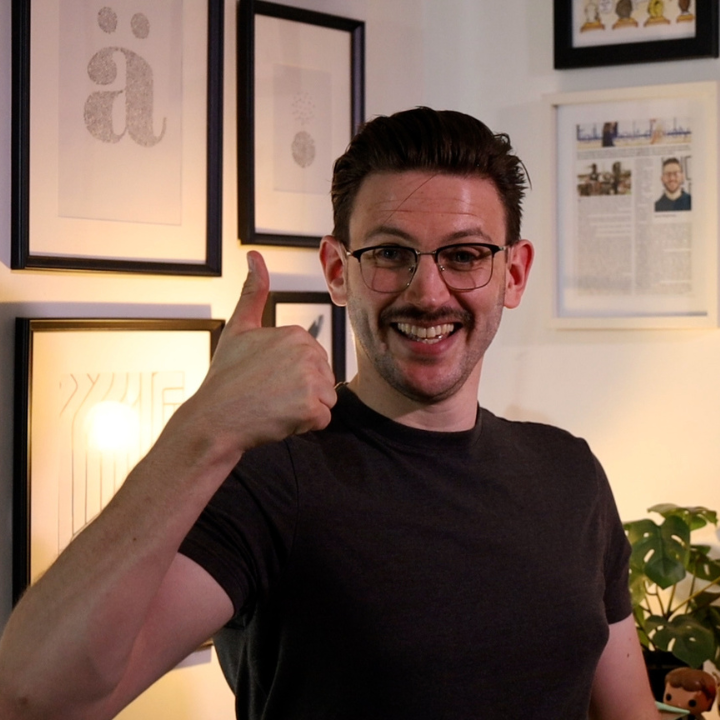Rebranding Safety with Peter Jenkins – Ep.2 – Functional branding within safety

Overview
Safety at work can sometimes feel dull, complicated, or even frustrating. Nevertheless, what if it didn’t have to be that way?
In this episode of Rebranding Safety, host James MacPherson from Risk Fluent joins Peter Jenkins for the second part of his quarterly co-host series. Together, they explore how branding, such as logos and slogans, can help people connect with safety in a useful way.
By treating safety as something people can experience (not just follow), and aligning it with how the rest of the company works and feels, you create a stronger safety culture. Whether you’re a site manager, safety lead, or just curious about how to make health and safety better, this blog gives you practical tips and ideas anyone can understand.
Rebranding Safety with Peter Jenkins – Ep.2 – Functional branding within safety
Safety has often been seen as a set of rules and tick-boxes. Nevertheless, that old way is being replaced. Peter and James talk about a new approach. How to make safety feel like part of the business, not something separate or scary.
Instead of forcing safety on people, what if we marketed it like any other product or service? This is what they call branding safety.
Old Thinking:
- Safety is just about rules
- People are the problem
- More forms = more safety
New Thinking:
- Safety is about behaviour and choice
- People are the solution
- Design matters – forms, videos, and training must be simple and on-brand
Safety is a Brand – Just Like Anything Else
Think about your HR team. What comes to mind? That’s their “brand”. Every team in your company already has one, even if they don’t realise it.
So, what’s the brand of your safety team?
Peter explains that your safety brand is how people feel about safety. It’s built from every experience, every interaction. From a poster on the wall to how risk assessments are done. It all sends a message.
When you control that message with good branding, you build trust, engagement, and positive culture.
User Experience Matters
If safety tools and processes feel clunky or confusing, people won’t use them properly. That’s why user experience (UX) is so important. Ask yourself:
- Do your forms make sense to the person using them?
- Is your language clear and friendly?
- Can your safety systems be used on a phone, not just a desktop?
Peter even used Microsoft Teams to build a digital safety system because it’s what the staff were already using. Smart, right?
Quick Tip:
Don’t ask “is it safe?” – ask “is it usable?”
Build Safety Around Your Business Culture
Some companies are wild and creative, like BrewDog. Others are more structured. Your safety style should match that. A punk company needs a punk-style safety video. A tech startup might want safety messages in short digital snippets.
Align your safety brand with the company’s personality.
If you’re not sure where to start? Ask:
- What’s the company’s mission or purpose?
- What values guide how people work?
- How can safety help meet those goals?
Peter’s Safety Mission
Peter created a mission for his safety function:
“Inspire people to ask good questions and empower them to make good decisions.”
That’s it. Simple, clear, and strong.
Every bit of content, from posters to reports, connects back to this idea. It gives safety a purpose that people can get behind.
You can do the same. Define a message. Share it often. Make sure every part of your safety programme reflects it.
Cool Example: Using AI to Improve Safety
In one story, computer vision (a kind of AI) noticed that packaging was always left in a dangerous spot on Monday mornings. The safety team reviewed the footage with workers, found the problem (too many deliveries), and fixed it by spreading deliveries across the week.
That’s smart safety, not merely reacting to problems, but spotting patterns and learning from them.
Use Models as Tools – Not Rules
Safety models and frameworks can be helpful, but don’t treat them like gospel. Use what works for your team. As James says, “All models are wrong, but some are useful.”
You may try:
- The 3 Cs (from the Safety Clutter paper):
- Contribution: Does it add value?
- Confidence: Are we sure it works?
- Consensus: Do people agree it’s useful?
- A basic UX test: Is it clear, simple, and usable?
Final Takeaway
Every poster, every form, every chat about safety, it’s all a vote for the kind of safety culture you’ll have. Branding safety isn’t about logos. It’s about giving people an experience they can believe in.
- Keep things simple
- Match your safety work to your company’s vibe
- Build trust through good design and clear messaging
- Talk to your people, then listen
- Don’t be afraid to test, learn, and improve
What to Do Next
- Ask yourself: What’s the brand of your safety team?
- Talk to your team: How do they experience safety?
- Take action: Change one thing today to make safety easier and more human
And if you need help? That’s what Risk Fluent is here for.
Ready to talk?
Let’s get together on a call to see where we can support you and add value to your business with structured health & safety consulting.
Let’s talk
For a quote, complete the form below and arrange a discovery call where we can chat though your requirements.

Has over 12 years of experience in safety and fire across various industries like healthcare, housing, and manufacturing. As the Managing Director at Risk Fluent and host of the “Rebranding Safety” podcast and YouTube channel, he is committed to making safety discussions engaging. James’s innovative approach and dedication to rebranding safety have made him a respected figure in the field.





